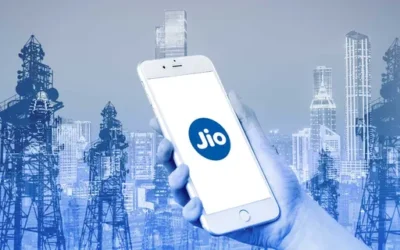Public Sector Banks Set for Major Merger and Privatisation Drive

Government Plans Union Bank–Bank of India and IOB–Indian Bank Mergers; Punjab & Sind Bank, Bank of Maharashtra May Be Privatised
Bhubaneswar : The Indian public sector banking landscape is poised for another significant transformation, with the government preparing to merge Union Bank of India and Bank of India. In a parallel move, Indian Overseas Bank (IOB) and Indian Bank are also expected to combine, marking a new wave of consolidation aimed at creating stronger, more competitive financial institutions.
Currently, India has 12 public sector banks. After the merger of Union Bank and Bank of India, the newly formed entity will become the country’s second-largest public sector bank. At present, Bank of Baroda holds that position with total assets worth around ₹18.62 lakh crore. In comparison, the combined Union Bank–Bank of India entity will have assets of approximately ₹25.67 lakh crore. Across the entire banking sector, State Bank of India (SBI) remains the largest lender, followed by HDFC Bank and ICICI Bank in the second and third positions, respectively.
The proposed mergers are expected to bring scale, operational efficiency, and financial resilience to the sector. They are also seen as part of the government’s ongoing efforts to reduce fragmentation in public banking and improve global competitiveness.
Proposed Mergers:
• Union Bank of India + Bank of India
• Indian Overseas Bank + Indian Bank
Privatisation Plans:
• Punjab & Sind Bank
• Bank of Maharashtra
In addition to the planned mergers, the government is considering privatising Punjab & Sind Bank and Bank of Maharashtra. According to sources, the Ministry of Finance believes that merging smaller banks with larger, more stable ones will create institutions that are better equipped to compete internationally. At the same time, privatising smaller, underperforming entities could improve efficiency and attract private capital into the banking system.
Government officials are also said to be evaluating the possibility of merging Indian Overseas Bank, Central Bank of India, Bank of India, and Bank of Maharashtra with larger institutions such as Punjab National Bank (PNB), Bank of Baroda, and State Bank of India (SBI). Such a move would further streamline the public banking network and align it with global standards of consolidation and governance.
Between 2017 and 2020, the government carried out a major consolidation exercise that saw ten public sector banks merged into larger entities, reducing the total number from 27 to 12. During that phase, Oriental Bank of Commerce and United Bank of India were integrated with Punjab National Bank, while Syndicate Bank merged with Canara Bank. The objective was to create banks that were financially stronger, more efficient, and capable of supporting India’s expanding economic ambitions.
This new round of mergers and privatisation represents a continuation of that vision — to build a leaner, more resilient public banking system that can better serve the needs of India’s fast-growing economy while maintaining fiscal discipline and operational efficiency.









